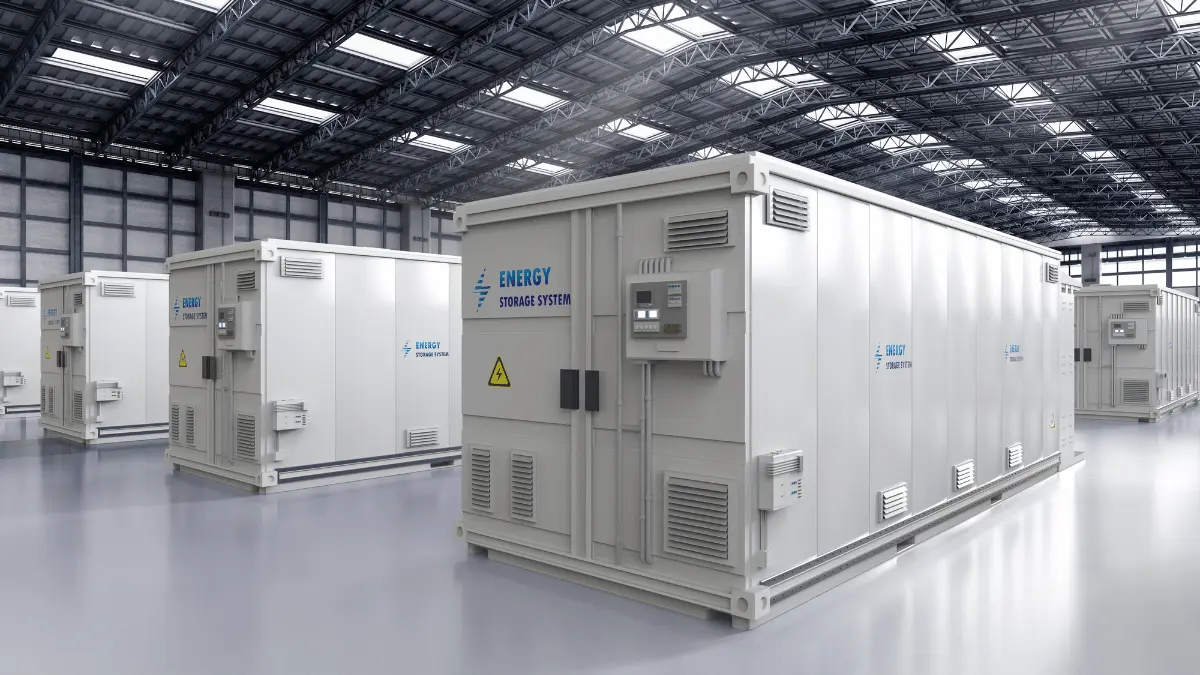Are Battery Energy Storage Systems Safe?
As the global shift toward solar energy accelerates, so does the adoption of battery energy storage systems (BESS). These systems play a crucial role in ensuring that solar-generated electricity is available even when the sun isn’t shining. But for many consumers and businesses considering the switch, a pressing question remains: Are battery energy storage systems…
As the global shift toward solar energy accelerates, so does the adoption of battery energy storage systems (BESS). These systems play a crucial role in ensuring that solar-generated electricity is available even when the sun isn’t shining. But for many consumers and businesses considering the switch, a pressing question remains:
Are battery energy storage systems safe?
In this article, we’ll explore the safety of battery storage systems, how modern innovations address concerns, and what you need to know to use them confidently and securely.
What Is a Battery Energy Storage System?
A battery energy storage system is a technology that stores electrical energy in rechargeable batteries for later use. These systems are often paired with solar energy solutions to ensure a consistent power supply even when sunlight is not available.
Whether for residential, commercial, or utility-scale applications, these systems help:
- Balance the electricity supply and demand
- Reduce reliance on the grid
- Provide backup power during outages
- Maximise the efficiency of renewable energy sources
Common Safety Concerns with Battery Storage
While the benefits of battery storage are clear, safety concerns are not uncommon. Let’s address the top risks and how modern systems are engineered to mitigate them.
1. Fire or Thermal Runaway
Lithium-ion batteries, when damaged or improperly managed, can overheat and cause fires.
Solution: Reputable manufacturers like LZY Energy integrate smart Battery Management Systems (BMS) that monitor temperature, voltage, and current in real-time, shutting the system down before danger arises.
2. Overcharging and Overdischarging
Improper voltage levels can shorten battery lifespan or cause failure.
Solution: Advanced BESS units come equipped with charge controllers and BMS that regulate input and output for optimal battery health.
3. Environmental Exposure
Extreme weather or water ingress can compromise safety.
Solution: High-quality enclosures are IP-rated for weather resistance, ensuring safe operation in all climates.
4. Lack of Monitoring or Alerts
Without real-time alerts, issues might go unnoticed until damage is done.
Solution: Many modern systems offer smartphone or desktop monitoring dashboards for 24/7 oversight and immediate alerts.
Why Modern Battery Storage Systems Are Safer Than Ever
Thanks to years of R&D, battery energy storage is now one of the safest components in renewable energy infrastructure. Here’s why:
Intelligent Battery Management Systems (BMS)
These integrated circuits track every aspect of the battery’s condition and shut off energy flow when anomalies are detected.
Certifications and Standards
Look for systems certified to meet international safety standards such as UL 9540, CE, IEC 62619, and UN38.3.
Lithium Iron Phosphate (LiFePO₄) Chemistry
Many modern storage units now use LiFePO₄ batteries, which are more stable and less prone to overheating than traditional lithium-ion cells.
Built-in Fire Suppression Systems
Advanced systems now include automated extinguishing mechanisms or fire-resistant casings to prevent damage in case of accidents.
Where Safety Meets Performance: LZY’s Battery Storage Technology
LZY Energy designs its battery storage systems with robust safety, smart technology, and high performance in mind.
Built-in Protection Features:
- Overvoltage & undervoltage protection
- Overcurrent protection
- Short circuit prevention
- Temperature and humidity regulation
- Smart alerts via mobile app
Ideal for:
- Residential solar homes
- Commercial and industrial backup systems
- Off-grid installations
- Microgrids and rural electrification projects
These features not only ensure safety but also optimise the lifespan and efficiency of your storage solution.
How to Ensure Battery Storage Safety at Home or Business
1. Buy From Certified Manufacturers
Always opt for brands like LZY that meet international safety and quality standards.
2. Use a Licensed Installer
Improper installation is one of the biggest safety risks. Use a trained professional familiar with local codes.
3. Ensure Adequate Ventilation
Install your storage system in a well-ventilated space, away from flammable materials and direct sunlight.
4. Enable Smart Monitoring
Use systems with mobile or cloud-based monitoring to track performance, temperature, and alerts.
5. Schedule Regular Maintenance
Preventive maintenance helps you catch potential issues before they escalate.
Reliability
Residential Installation in Southeast Asia
An off-grid villa uses a 10kWh LZY battery system with rooftop solar energy. Over 18 months, the system has recorded zero downtime or safety incidents, thanks to its built-in fire suppression and smart BMS.
Factory Backup in Europe
A medium-sized factory runs critical machinery on LZY’s 30kWh modular battery system. Despite high demand and power fluctuations, the system automatically regulates input/output and alerts staff of any anomalies.
FAQs
Can battery storage catch fire?
While extremely rare, it can happen. But with smart BMS, proper installation, and LiFePO₄ chemistry, the risk is negligible.
Do I need special insurance for battery systems?
Some regions require additional coverage. Check with your local utility or insurance provider.
Is it safe to install indoors?
Yes, if ventilation, spacing, and installation guidelines are followed. LZY’s units are compact and built for indoor or outdoor use.
To Conclude
When properly designed, installed, and maintained, battery energy storage systems are exceptionally safe. Innovations in battery chemistry, smart monitoring, and protective enclosures make them suitable for homes, businesses, and remote installations.
So, if you’re planning to go solar or already producing your solar energy, integrating battery storage isn’t just smart, it’s safe, future-ready, and essential for true energy independence.
Empower your life with clean energy without compromising on safety.

